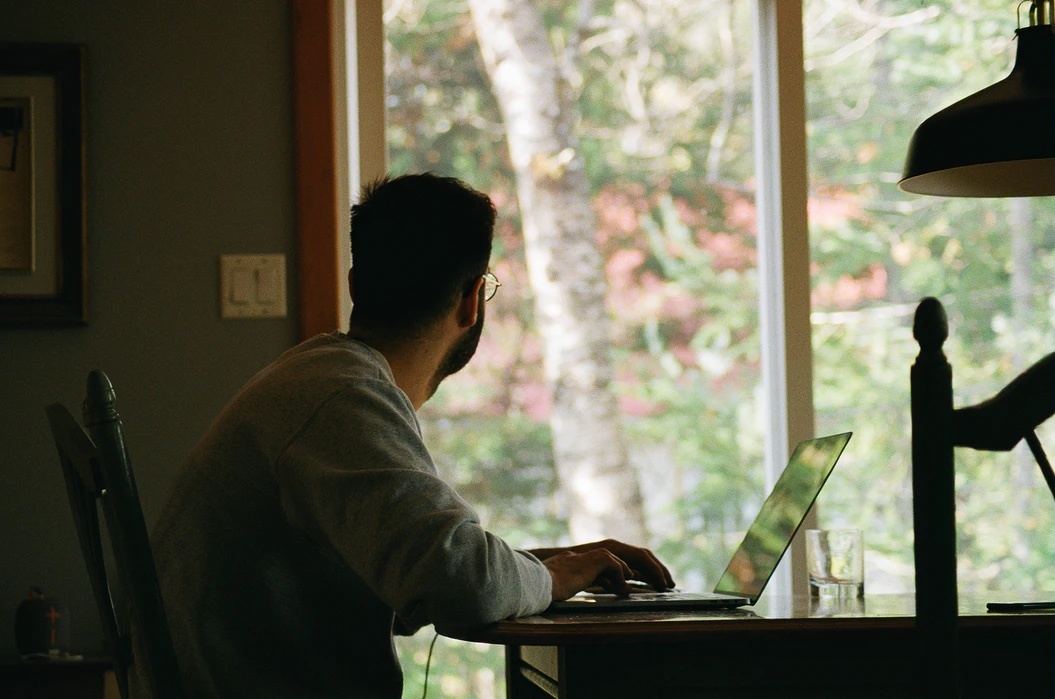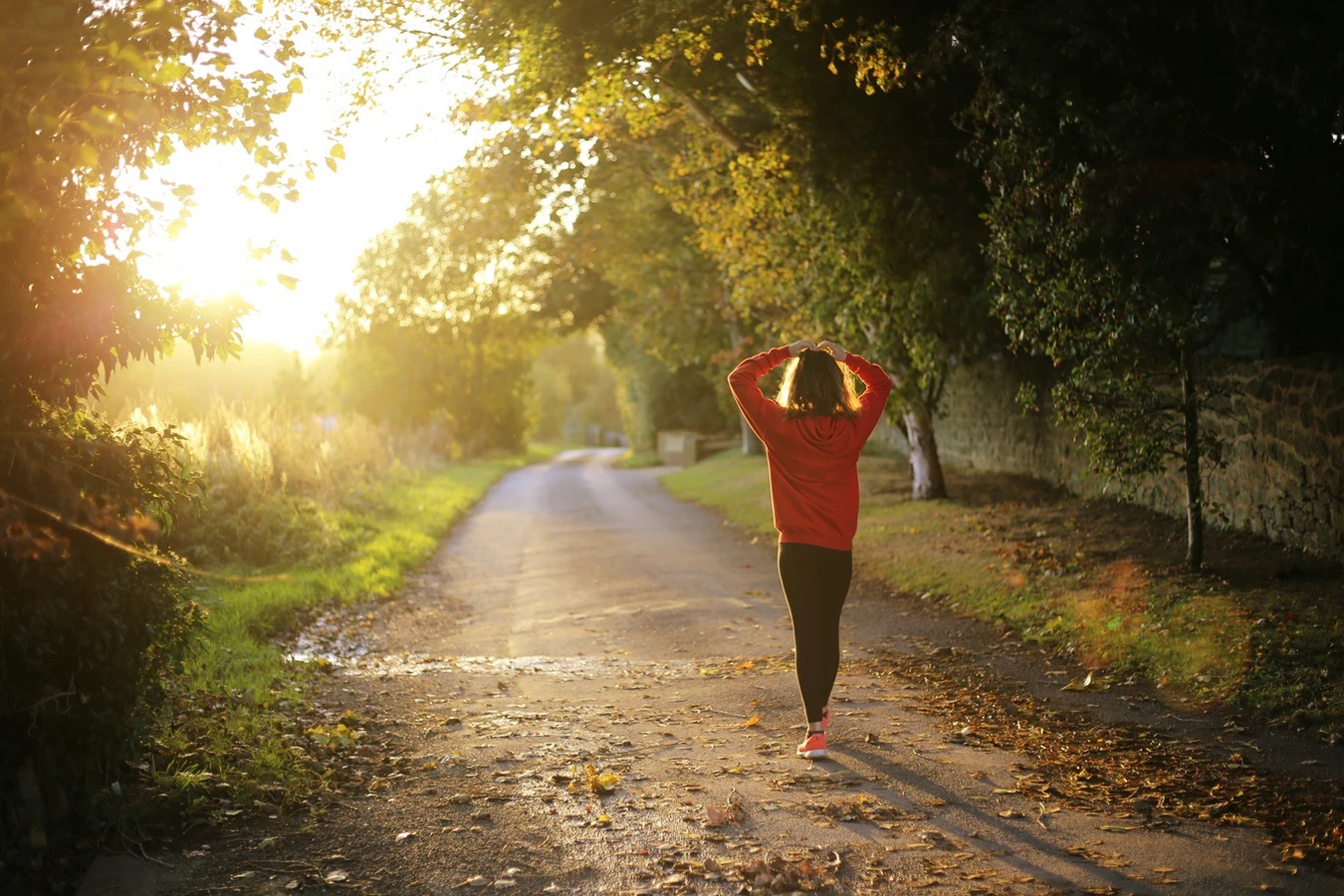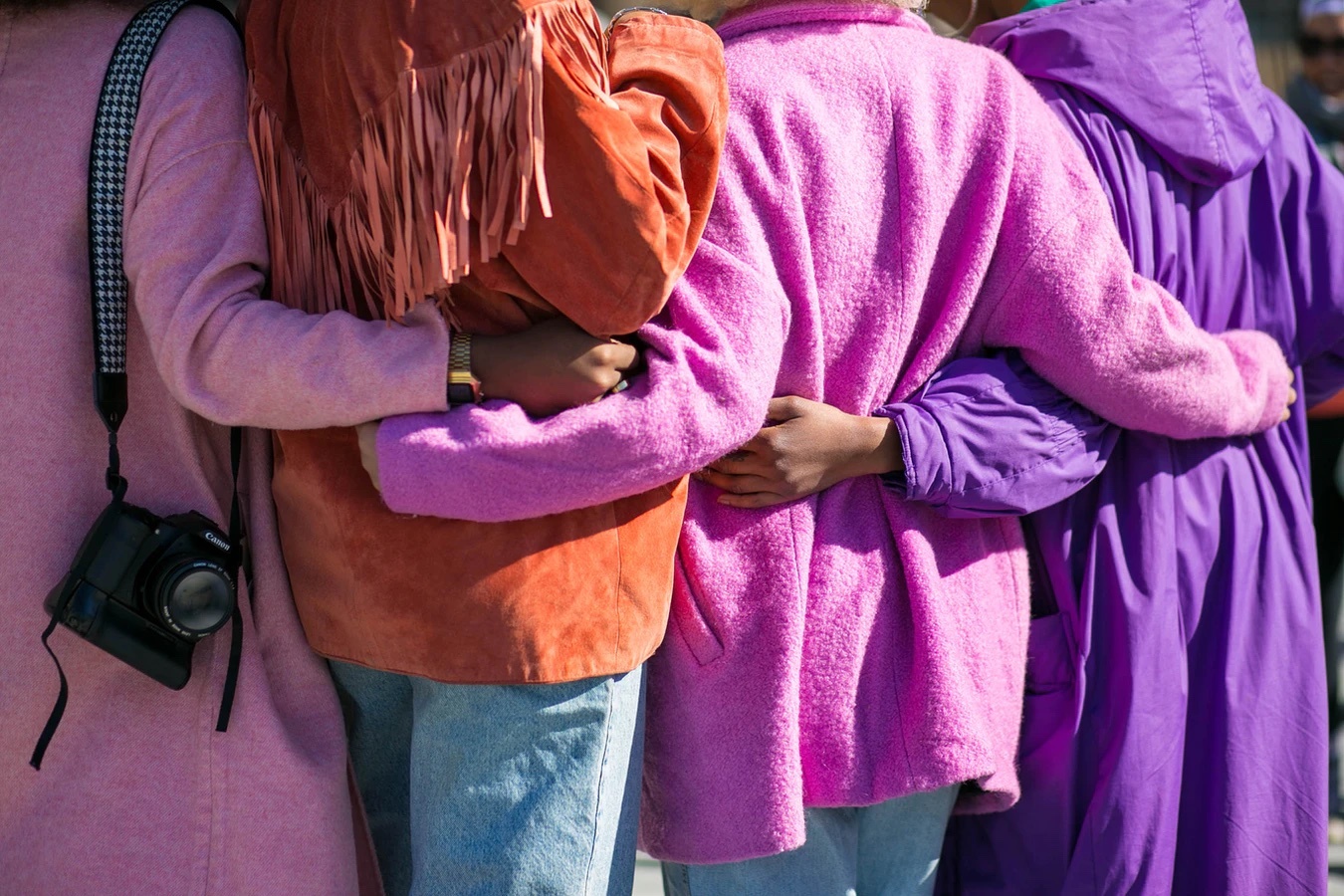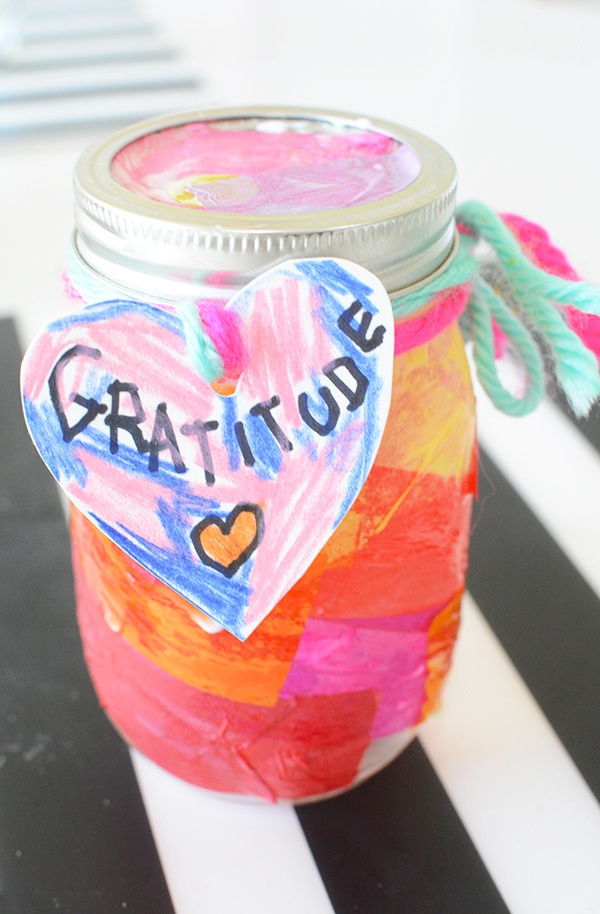Gratitude is more than an attitude.
It’s the art of saying thank you. The practice of appreciating what we have.
But, it’s not so easy to tap into despite it being a highly beneficial tool that can change your life.
Research tells us:
- Grateful people tend to be happier and healthier throughout their lives, reporting lower stress levels and fewer aches and pains.
- They also tend to find more meaning in their personal and professional lives and are generally more compassionate and loving.
Here are 4 essential exercises that will inspire you to build up your practice from gratitude novice to absolute beamer of light.
1. Take 5
What do gratitude and well-being have in common?
According to psychologists, a key factor of well-being “is the ability to notice, appreciate and savor the elements of one’s life.”
And this is where we begin with gratitude.
Take 5 minutes in your day to appreciate what you have in life.
Start your day with these gratitude questions:
- What are you looking forward to today?
- What’s one thing you can do to make the day more pleasurable?
- Who or what do you appreciate most this morning?

A-ok if the answer to #3 is your cup of coffee! Nothing is off-limits! This man traveled the world to thank a thousand people for his morning cup of joe (but we’re not suggesting you go that far!).
Or doze off with these prompts:
- What’s a relationship that you appreciated today?
- Did you witness a beautiful moment that surprised you in the day?
- What are three things you’re grateful for right now?

It may even help you sleep! Research suggests that if we go to bed practicing gratitude, we’re less likely to develop insomnia and other poor sleep behaviors.
2. Collect the moments
If gratitude is a muscle, it’s time to add some reps 💪.
According to the Benedictine monk, David Steindl-Rast, “it is not happiness that makes us grateful but gratefulness that makes us happy.” He goes on: “Grateful living, that is the thing.”
So find more daily opportunities to live gratefully.
We recommend applying your “take 5” approach to these 3 scenarios:
Before a meal:

Take a moment to appreciate where your food came from or the people around you.
Ahead of your Zoom call:

What around your desk makes you smile? It could be a photo, the sunlight through your window, a rare moment of silence…
Outside:

Take a walk around your neighborhood or a nearby park. What in nature inspires awe and beauty?
And write it down! There is power in words. Oprah has called her gratitude journal the “single most important thing I’ve ever done.”
3. Express gratitude
Congratulations! You’ve worked hard to recognize gratitude in your daily life. Now it’s time to express that gratitude to others.
Research suggests that when we voice our appreciation to others, we feel more supported in our relationships.
But if you’re nervous about expressing gratitude, you’re not alone.
Here’s Dr. Erica Boothby again: “People are often hesitant to stick their neck out and express appreciation to others when they aren’t sure how it will be received. But these barriers hold us back.”
Like any skill, it takes practice. Here’s our proven way to build confidence:
Write someone a gratitude note.
First, select a recipient. It could be a…
- Family member
- Friend
- House/roommate
- Co-worker
Then, decide on the message:
- Focus on the little things: How does this person bring everyday magic to your life? It could be a smile, a joke, a helping hand…
- Don’t snooze on special events: Birthdays, graduations, weddings, retirement parties – seize the opportunity to let someone know how much you care!
Now send it!
- It could be a physical card, an e-card, a text or audio message. You might even read it in person!
If you’re ready to take this to the next level, Kudoboard friend and gratitude expert Sohale Sizar has a question for you:
Who’s an unsung hero in your life that won’t expect the spotlight?
Sizar recalls a day in graduate school when his cohort came together to celebrate a residence hall manager:
“We presented a collection of notes to him so he could know how much his kindness touched our lives. It’s so powerful to write a thank-you card to someone in your community who isn’t expecting the recognition.”
Who’s day could you make by a simple act of kindness?
4. Bring a culture of gratitude
At Kudoboard, we call these people who uplift, help and inspire others beamers.

If gratitude is proven to make us happier, then a more grateful world is a happier world.
The key to such massive change? We need more grateful people.
Become a beamer with our final exercise:
Bring gratitude to your community. Make it the norm!
Beam it…
At home:

Create a gratitude jar where everyone records post-it note appreciations. At the end of the year, open your jar and reread all the people and moments you appreciated.
At work:
Is someone retiring at your workplace? Collects notes or memories from your coworkers to share in a group gratitude card.
At school:
Stressed by finals? You’re not alone! Send someone in your cohort a text, a note, or even a cookie to let them know you have confidence they’ll get through this.
Who will you thank today?
It is only fitting that we end our guide with two words: thank you! 🙂
Thank you for getting to this point in our guide; thank you for working hard to recognize and express gratitude in your life. By incorporating these essential exercises, we’re confident you’ll bring more love, happiness, and abundance into your life – and the world.
Looking to create a group card?
Kudoboard makes it easy to pool notes, photos, and videos to make someone’s day brighter.
REFERENCE LIST:
- Hill, P., Alleman, M., Roberts, B. 2013. Examining the pathways between gratitude and self-rated physical health across adulthood. Personality and Individual Differences 54 (1): 92 – 96.
- Emmons, R., McCullough, E. 2003. Counting Blessings Versus Burdens: An Experimental Investigation of Gratitude and Subjective Well-Being in Daily Life. Journal of Personality and Social Psychology 84 (2): 377 – 389.
- Wood, A., Joseph S., Lloyd J., Atkins S. 2009. Gratitude influences sleep through the mechanism of pre-sleep cognitions. J Psychosom Res 66 (1): 43 – 8.
- Wood, A., Froh, J., Geraghty, A. 2010. Gratitude and well-being: A review and theoretical integration. Clinical Psychology Review 30: 890 – 905.

